When it comes to preventing the extent of damages caused by flood, an important thing to remember is not to waste time. The longer the water sits in your house, the more extensive the damage and the amount of material to be removed. Thus, the drying process must be started as early as possible and one way to do this is through Cross Ventilation.
Cross ventilation is a very effective way of drying the interior of the structure. Open all the doors and windows to let air movement circulate across the basement. Use fans and air-conditioners to amplify the movement of air. Heaters are NOT helpful in this case because they will only cause humidity and encourage the growth of mildew and bacteria. To ensure that the basement and all interior materials are completely dry, use a moisture meter available in paint stores. Keep the basement well ventilated until you are sure that every corner is dry.
Before you Proceed with the Clean-up
Make sure to wear rubber gloves, goggles, boots, and face masks to avoid health problems. Get a tetanus shot before the clean-up as well. See to it that the power has been disconnected or switch off the main breaker. If there are gas appliances, check that there are no gas leaks. Using a disinfectant or bleach, spray all surfaces and materials (except fabrics) to prevent the growth of mildew and mold. Concrete walls can be hosed down and scrubbed. If the mattresses and other upholstered items have been completely saturated with flood water, you have to resort to disposing of them.
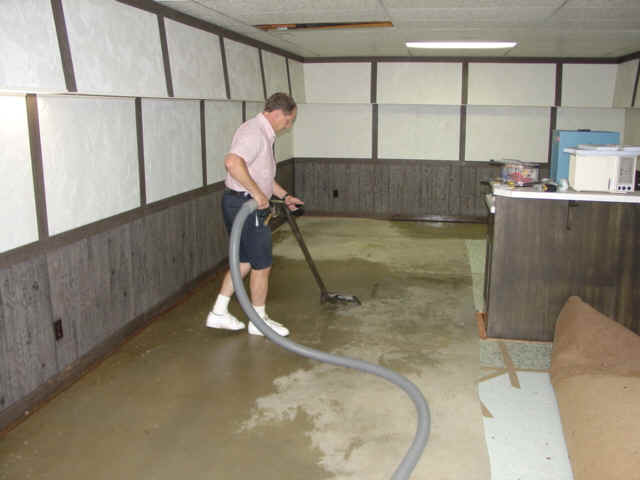
Foundations
Inspect the foundations and check footings to ensure that mortar has not been washed out of joints between the block and bricks. If a great amount of mortar has been lost, check if the foundation still has enough structural integrity. If it does, then you can simply replace the mortar without having to dismantle the foundation. It’s most advisable to have a professional inspect the footings and the foundations if the mortar has been washed from between the joints.
Floors
If the basement is carpeted, remove the carpet as well as the pad below it (if any) right away. Since they have been soaked with flood water, they might contain bacteria that are dangerous to your health. A wet carpet will also prolong the drying process of the floor so it must be removed. If your floor is made of clay or ceramic tile, this type of floor covering can endure flood well, but the sub-flooring may not dry out completely. Thus, you may have to remove the tiles as well. If you are considering reinstalling your floor, this article “How to Prep a Room for Flooring Installation” may help you.
If you have wood flooring or sub-flooring, remember that wood swells when it absorbs water, especially when it does not dry out right away. Dry it out completely to save on costs after removing the carpet or any covering material to save your wood flooring.
Interior Walls
Most residential houses have walls made of gypsum board also known as sheetrock. Gypsum board can withstand water for up to two hours, but longer than will require replacement. Opening up the walls will let the inside of the walls dry out and avoid unpleasant smells and mildew. Waterlogged insulation must also be removed because it is now rendered ineffective. Before installing new materials, ensure that the existing surfaces are completely dry, which may be between one and six weeks.
Featured images:
- License: Creative Commons image source
- License: Creative Commons image source
Andrea Shelton is a home-cleaning specialist and gives advice on how to live in a clean, comfortable home while staying in budget.
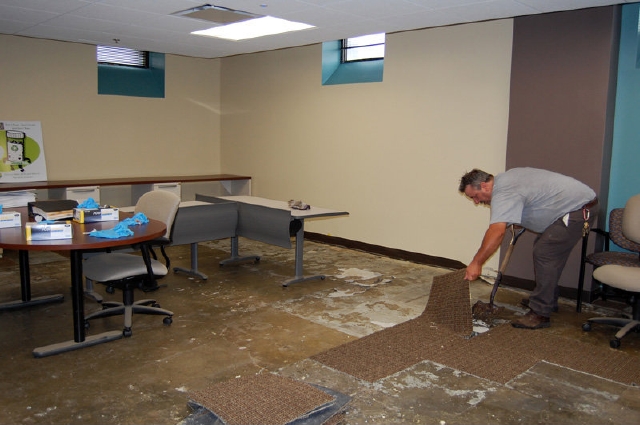

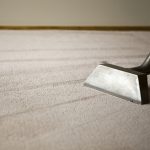






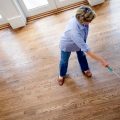
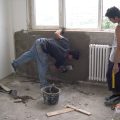


















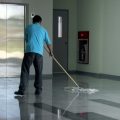


No Comments
Leave a comment Cancel